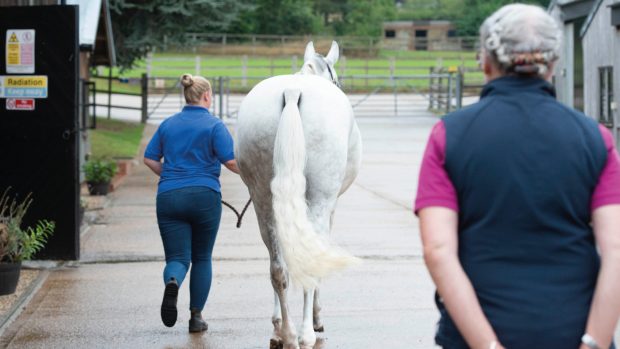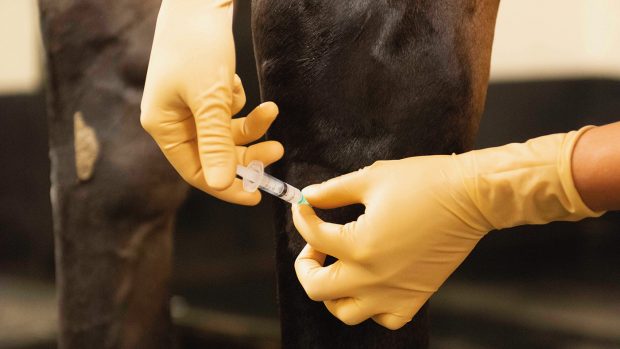Lameness is three times more likely to be caused by conditions such as osteoarthritis, also known as degenerative joint disease, than problems in a foot, according to results from a recent survey.
The National Equine Health Survey (NEHS) is run each May, and this year the survey was completed by 35% more horse owners than in 2014, with nearly 15,000 entries.
Eighteen percent of horses were recorded as lame, with 13.5% of them suffering from the condition due to osteoarthritis. This was down from 13.9% in 2014 and 14.8% in 2013.
| Popular articles |
Meanwhile foot lameness was recorded in 4.5%, a similar figure to previous years. Vets are pleased that the survey is now producing solid results.
“NEHS is now providing important evidence that is replacing subjective opinion,” said Prof Josh Slater of the Royal Veterinary College.
“While the lameness figures were initially surprising, given that the foot has been generally regarded as the main problem area, that figures have remained consistent over the past three years gives constructive credibility to the data.
“Our findings will help owner vigilance with day-to- day healthcare as well as help prioritise on areas for future veterinary education and research.”
H&H vet Karen Coumbe added: “Possibly the reported reduction in foot lameness reflects good farriery and the awareness of the old cliché, no foot, no horse.”
Laminitis was down to 6.4% from 7.1% last year, although Cushing’s was on the rise from 6.4% up from 5.6% in 2014.
Other issues recorded included skin diseases, which accounted for 17.2% of responses, and recurrent airway obstruction, at 6.7% was the most recorded respiratory problem.
Weighty Issues
Equine obesity continues to be a problem as 23.2% of horses were reported as being overweight with a body condition score of 3.5-5, continuing the upward trend seen in the past (7.8% in 2013 and 16.9% in 2014).
Next year’s survey will explore links between obesity and the possible associated rise of diseases such as equine metabolic syndrome — which was reported in 2.4% of 2015 returns — and laminitis.
Ref: H&H 17 September, 2015




